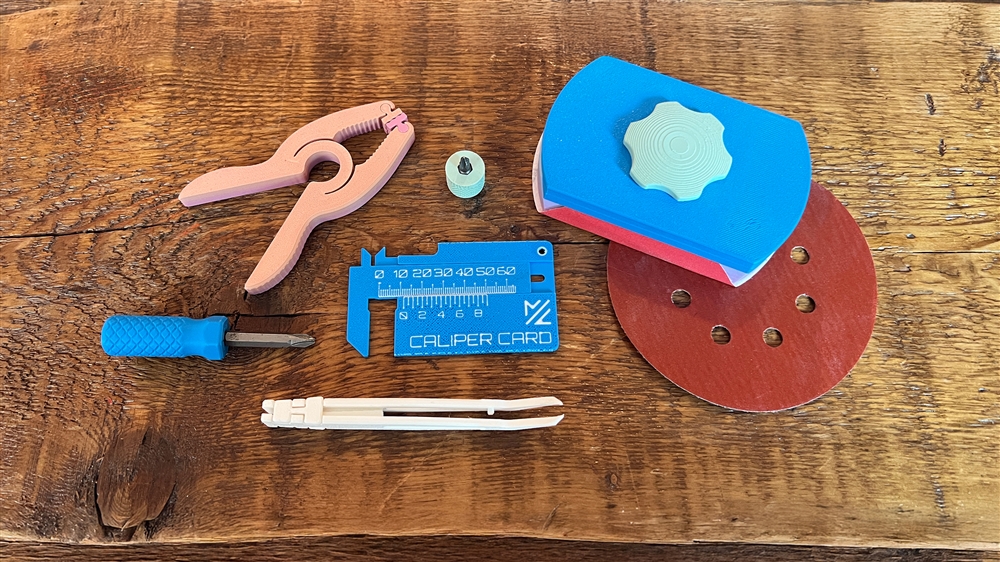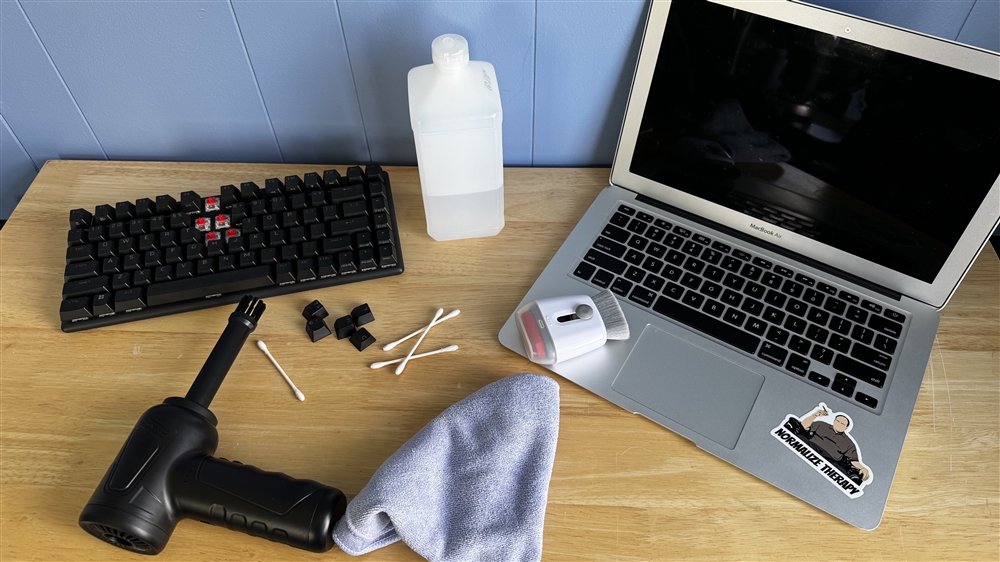The Ultimate Guide to Buying a Sim Racing Setup in 2024
The most important things to look for when you want to go racing, from wheels and pedals to a complete sim chassis.Buying Guides
Car racing continues to be one of the most prohibitively expensive hobbies on the planet. Thankfully, the sport of sim racing keeps getting better. While it's certainly still possible to spend a mint on a sim wheel and pedal setup plus a cockpit, shifter, and everything else, it's still only a fraction of the cost of the real thing.
And, best of all, if you crash into the wall on your first lap out of pit lane, you can just hit the reset button and start again.
But as the sim racing market explodes, finding the perfect setup is only getting more complicated. It's easy to spend a lot, but since nobody wants to pay more than they need to, let's look through the options and figure out the perfect setup to get lapping.
And don't forget you can always check out our custom Racing Sim Builder to package everything together!
Starting point
While most high-end setups start by selecting a custom wheel and pedals and then mounting them into a bespoke cockpit so that the rig is always ready to go, that isn't the right solution for everyone.
If you're just starting out or don't have the space or budget for a dedicated setup like that, a great place to start is with something like the Thrustmaster T128 or a Logitech G923. These include everything needed to get racing. And, since they quickly and easily clamp to a desk, they can be set up and ready to go within minutes.
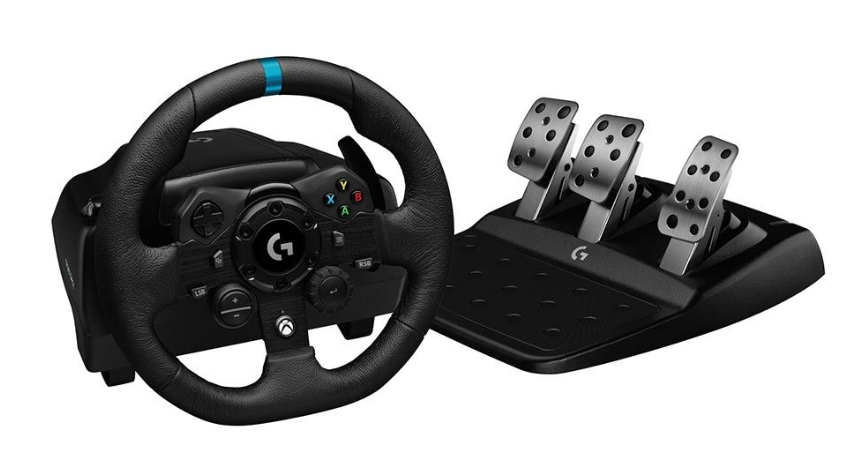
Want to get a little more serious but still don't have a lot of room? Check out a folding sim cockpit, like the Next Level Racing GT Lite. It'll support those entry-level wheels and pedals and folds up and fits in a closet for easy storage.
Pedals
It's tempting to splurge on a high-end wheel, but we recommend starting a little lower down and investing in the pedals. Specifically, on a set of pedals with a load-cell brake. A load cell better replicates the feel and behavior of a brake pedal on a real car, measuring how hard it's stepped on, not how far it’s pressed.
The Asetek Tony Kanaan pedal set is an excellent deal, but Simucube and Sim Lab also offer great setups. And, if top-shelf is the goal, check out Heusinkveld's Sim Ultimate+ 3-Pedal Set. But be warned: they need a full sim chassis for mounting.
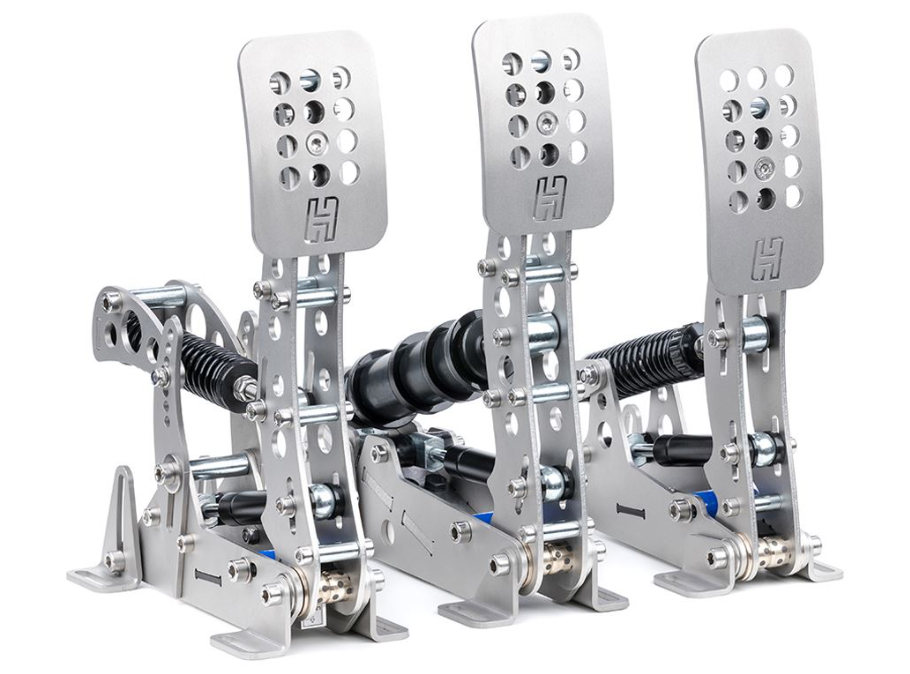
Wheels
Once the pedals are sorted, it's time to move up to a better steering wheel. The best wheels use Direct Drive (DD) technology. Instead of using a series of gears or belts, DD wheel bases mount the wheel directly to an electric motor, delivering more precise force feedback and better feel.
The Thrustmaster T818 or Logitech G Pro are great values since they come with a steering wheel, but there are reasons to spend a little more and get something like a Simucube 2 Sport plus any wheel you like. This gets the perfect configuration to match any (virtual) car imaginable.
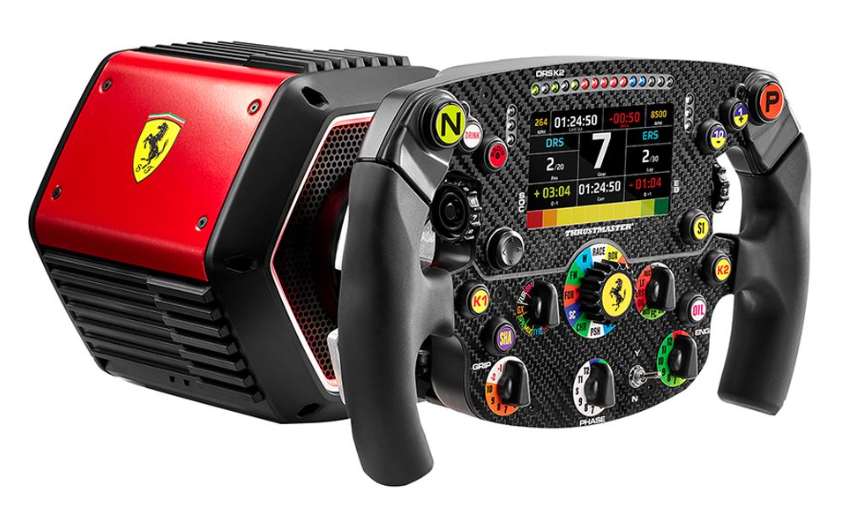 Thrustmaster T818 Scuderia Ferrari Simulator SF1000. Photo: Micro Center
Thrustmaster T818 Scuderia Ferrari Simulator SF1000. Photo: Micro Center Or, to really test those forearms, step up to the Simucube 2 Pro, which offers about 50 percent more torque.
Chassis
Having somewhere to keep all this gear mounted is key. Without a chassis, 30 minutes spent connecting everything is 30 minutes not practicing on the track.
Don't just go with the cheapest option. It’s important to get something comfortable for those long-haul races and, if a high-power wheel is getting attached, that requires a chassis that can handle all that torque.
On the lower end, something like the Next Level Racing GT Lite Pro is a good, slender choice.
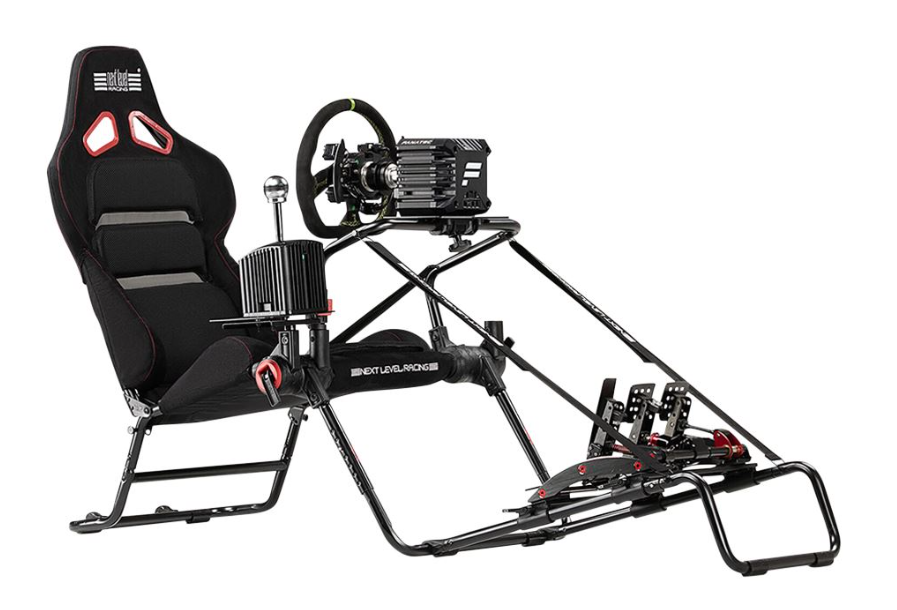 Next Level Racing Racing GT Lite Pro Folding Cockpit. Photo: Micro Center
Next Level Racing Racing GT Lite Pro Folding Cockpit. Photo: Micro CenterFrom there, the sky's the limit, but the TK Racing P1 Pro chassis is rigid enough to handle any wheel and has space for three monitors. You'll have to choose your own seat, though.
FAQs
What kind of a gaming PC do I need?
The good news is that most racing simulators aren't terribly GPU-intensive, so it’s possible to get away with a mid-range graphics card. But, if the goal is a triple-monitor, wrap-around setup, a RTX 4090 is almost certainly a must-have.
Triple-monitor or VR?
VR vs. multi-monitor is a huge debate, and it will vary wildly from racer to racer. Not only does it depend on the type of racing, but also the racer’s tolerance for wearing a VR headset. For those mostly doing shorter races or off-road style racing requires 360-degrees of vision, a virtual reality headset like an HTC Vive Pro 2 is a great, and compact solution.
Alternatively, a triple-monitor setup will give good immersion and is much more comfortable to race though does tend to run a bit more expensive and can cause some headaches during setup.
Another option is a wide, curved monitor, like a Samsung Odyssey G9, which gives great perspective but is a lot easier to configure than three monitors.
If you have any other questions about setting up your own racing sim, stop by your local Micro Center. Our associates are knowledgeable and happy to talk you through exactly what you need. Or, leave a comment down below and we’ll help out however we can.
Tim Stevens is a freelance automotive and technology journalist with more than 25 years of experience. Tim frequently contributes to major domestic and international online, print, and broadcast news outlets including MotorTrend, TechCrunch, Wired, CBS and the AP, sharing his insights and perspectives on everything from cybersecurity to supercars. Tim got serious about sim racing way back in the '90s and never stopped.






